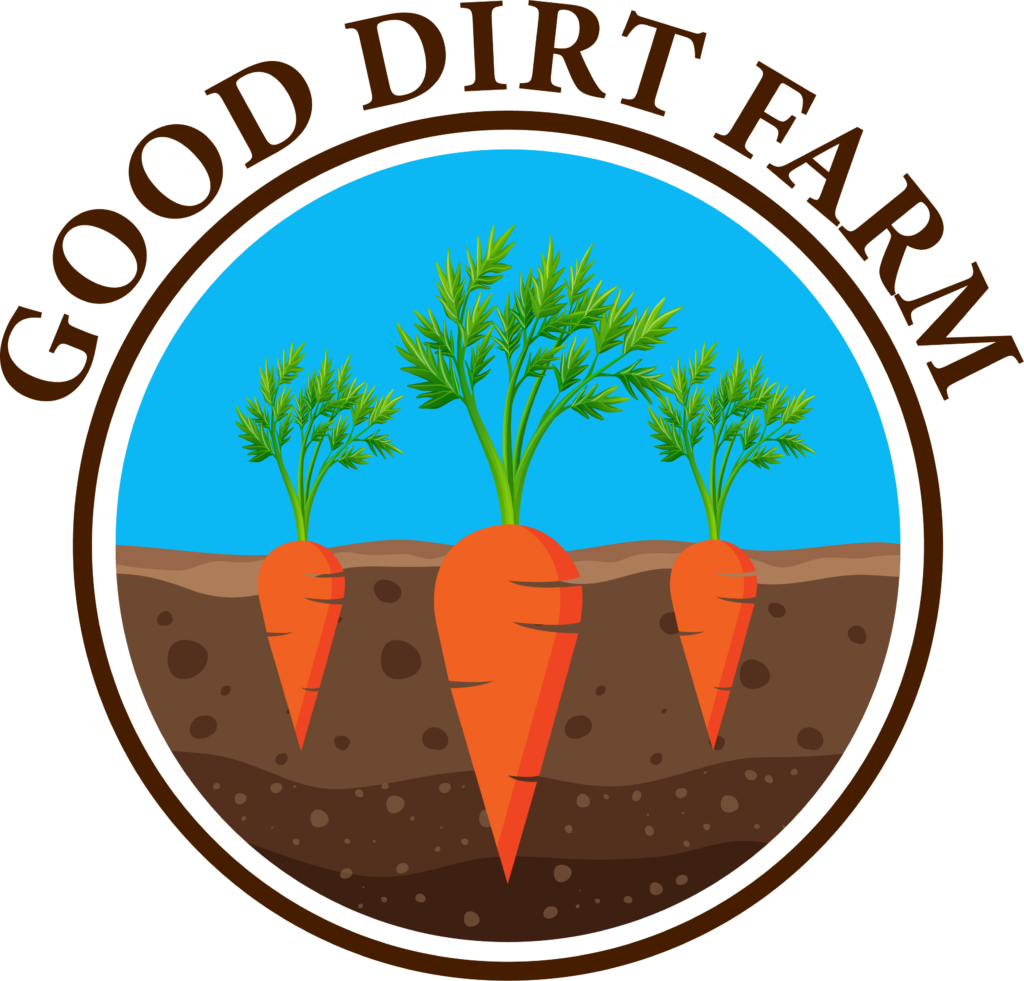Here at Good Dirt Farm, Andy does the majority of growing. He’s also our resident home chef, with a knack for intuitive seasoning that I’ve just never mastered.
But when it comes to baking, that’s where I step in. I’ve baked many a cake and cookie in my day, but the real star of the show when it comes to my home-baking habit is undoubtedly bread.
Baking Sourdough Bread
Over the years, I’ve gotten into making sourdough at home as an almost meditative practice.
There’ve been periods when I’ve baked a fresh sourdough loaf for our household every week. This is necessary when you’re working with sourdough because you want to use your starter often to keep it refreshed and happy.
While I love the ritual of caring for a sourdough starter and the taste of sourdough bread, you don’t really knead it. It’s a long, loving process from start to finish, with plenty of downtime in between. But it does lack that feeling of really kneading into a loaf on your countertop.
Currently, I’m working on getting a new sourdough starter started after our last one spent a bit too long neglected. For some reason, it’s giving me a bit more trouble than the process has in the past. I’m chalking it up to the colder temperatures, since I started our previous sourdough starters more in the summer months, when it’s nice and toasty inside.
Baking with Conventional Yeast

While I wait for the starter to become active enough to produce sourdough, I decided to bake a different type of bread. One that uses conventional yeast packets that you can buy at the grocery.
I was craving those cozy baking vibes and some sweet bread, so an enriched dough was definitely the ticket. So, I pulled out one of the many cookbooks in our collection to find a recipe that would fit the bill.
I settled on the Elven Bread recipe from the Dungeons & Dragons: Heroes Feast cookbook. (Yes, we’re nerds here at Good Dirt Farm). This is essentially a cinnamon swirl bread, made with primarily all-purpose flour with just a bit of wheat flour to give it extra depth of flavor.
Our cabinets feature a wide variety of flours thanks to my baking habit. At any given time, I tend to have whole wheat, all purpose, bread flour, almond flour, and oat flour on hand. We’d love to one day make our own flour, but that’s an intensive process, so for now, store-bought is fine, as Ina Garten would say.
My recipe selected, it was time to gather my ingredients and settle in for the process.
Bread Baking With Intuition
Bread baking requires a good bit of intuition and takes some practice to get used to. There are so many things that can affect the way bread rises and its texture. This means you’ve got to bake a good few loaves to learn when you need to deviate from a recipe’s written instructions.
For the Elven Bread recipe, the book suggests using a stand mixer with a dough hook. While I adore my secondhand Kitchenaid mixer for many reasons, this isn’t one of them. I love to knead bread by hand, even if it takes ages.
So, I mixed the Elven Bread dough in a standard mixing bowl, then scooped it out on the counter for fifteen minutes of meditative kneading goodness.
Kneading bread by hand is the perfect kind of repetitive task that helps me settle into my mind and body. Sometimes I do it with music on, or other times, with a podcast. There’s just something soothing about kneading that I adore, and this recipe really delivered on that front.
Once the kneading was complete, it was a simple matter of rise, shape, rise again before the bread could go into the oven. This bread gets rolled out and filled with a cinnamon sugar mixture, much like how you’d make homemade cinnamon rolls (another favorite bake).
Final Results of The Elven Bread Bake
Overall, it came out delicious, but not perfect. I didn’t have the patience to let it rise as long as I should have in our cold kitchen, and the texture is a bit tight as a result. Still, it’s wonderful to enjoy some freshly baked bread that you made with your own two hands.
Hopefully, we’ll be back to sourdough bread baking on a weekly basis here soon. Until then, I’ve got another delicious recipe that uses traditional yeast.

